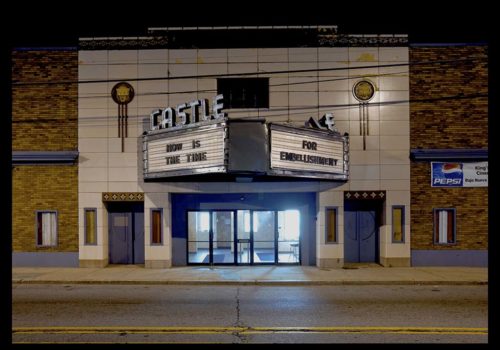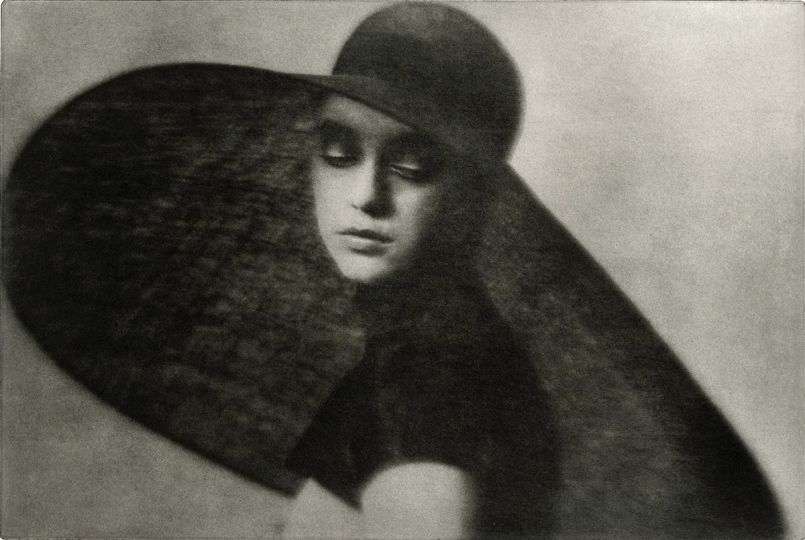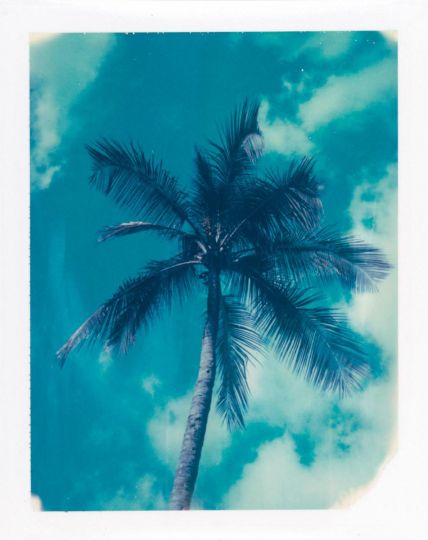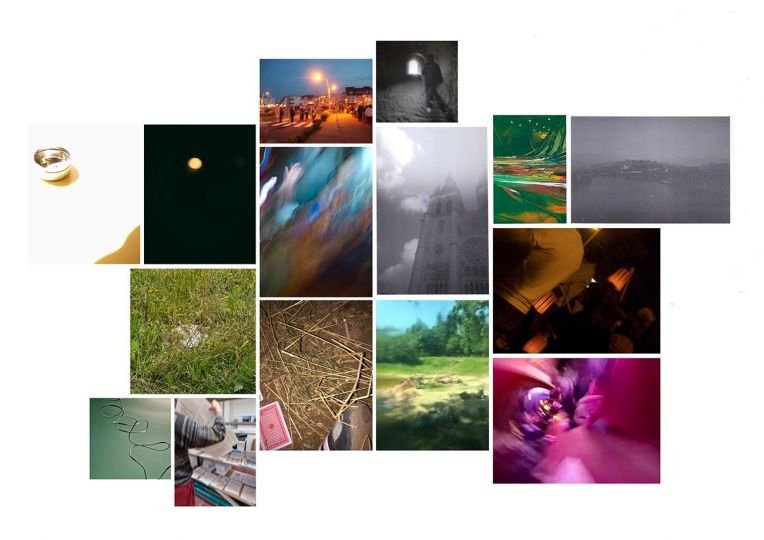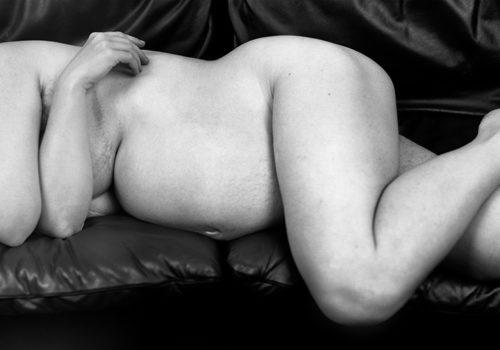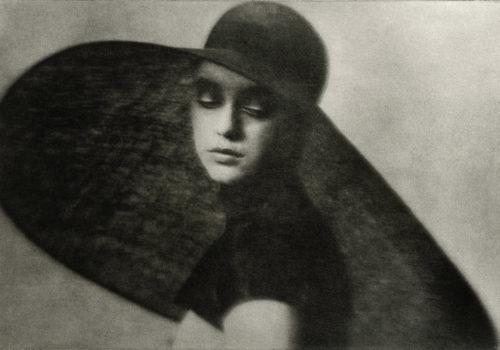This project uses photography to document my text interventions on roadside marquee signs. The work addresses the effect of media and technology on human desire.
I place phrases on movie and motel marquee signs, many of which I find through research but also in the course of my frequent long distance car travel . I use my own sign letters, installing them while filming the placing of the phrases and then leaving the scene with words left intact upon the sign. Afterward I make my photograph of the finished sign from the sidewalk or roadside, shooting from the vantage point of a driver or pedestrian. I use a large format camera and make large-‐scale color prints as documents of the sign in its environment. The photograph becomes the sole remnant of the project as the signs inevitably disappear or are taken down.
In its brief existence, each sign installation is read by an audience made mostly of people in cars or by roadside foot traffic. Their experience is important to me. I am interested in viewers encountering my work on spaces were they expect to see advertising or propaganda. The text are the voice of an individual. I use language that is a reference for aspirations for contentment and fulfillment linked to promises of desire and romance provided in the realm of commodity and entertainment. My texts are formulated to read as regurgitations of that, as though they are public diary entries pertaining to banal realities of self and relationships based on comparison with an ideal.
In a gallery space the work is presented as large color prints and looped video documentation of the installations of the signs that existed in public for a limited period of time. The video also functions as a form of proof that the interventions are real and not added with a computer.
Whether or not an altered sign lasts longer than a few days depends upon who owns the property where each sign is located. Whenever possible I obtain permission if I can locate a property owner, . If I cannot do so I will most likely use it anyway, knowing that the installation could be short-‐lived . But I never know before hand what will happen or how long the installations will remain intact.
Victoria Crayhon

